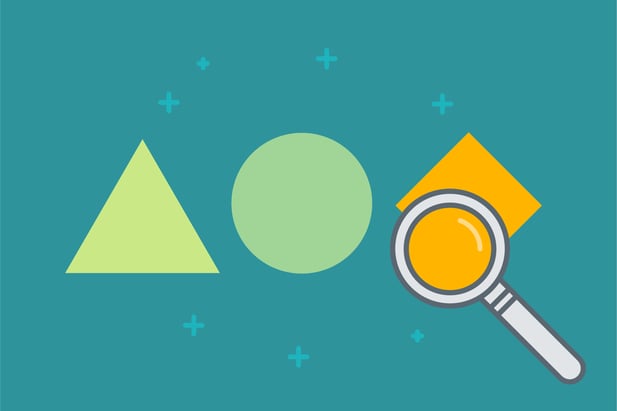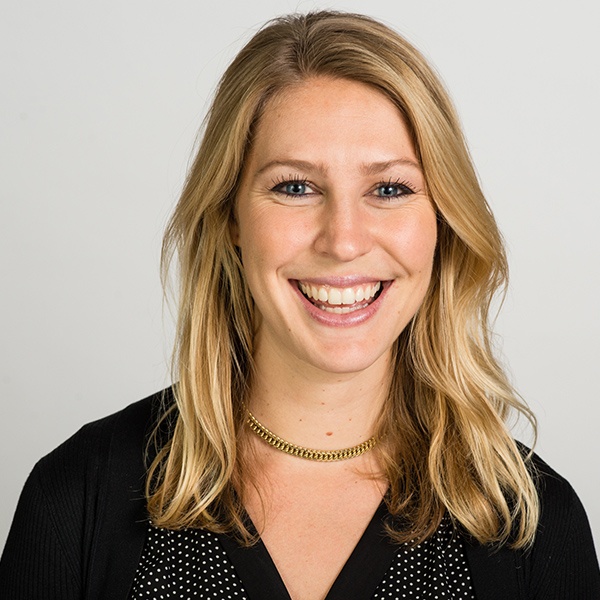
Discover Individual Strengths to Optimize Your Team
How instructional leaders can apply Tom Rath’s strengths-based approach to their teams

It’s no surprise that the attrition rate among teachers is high—an estimated 8 percent. Lack of professional support has been cited as a top reason. So how can those of us within education ensure professional growth, support, and engagement for teachers?
When it comes to evaluating others and ourselves at work, we often focus primarily on areas of deficiency or improvement. In his best-selling book, StrengthsFinder 2.0, Tom Rath writes: “From the cradle to the cubicle, we devote more time to our shortcomings than to our strengths.”
Rath argues that focusing on individual strengths and talents is a much more effective approach to people management. People that have the opportunity to focus on their strengths daily are “six times as likely to be engaged in their jobs and more than three times as likely to report having an excellent quality of life in general.”
In this blog, we will explore how instructional leaders can apply Rath’s strengths-based approach to managing teams of educators.
Here are some steps to establish a strength-based approach to managing your team:
1) Provide tools to help your team members identify their unique talents.
Rath’s “Recipe for Strength”: Talent x Investment = Strength
Talent: a natural way of thinking, feeling or behaving
Investment: time spent practicing, developing your skills, and building your knowledge base
Strength: the ability to consistently provide near-perfect performance
According to Rath, the most successful people invest time, skill development, and practice into raw talent. But for the most part, people don’t know or can’t articulate what their raw talents are. To help our team members gain clarity on their individual talents at ThinkCERCA, we have opted to invest in the StrengthsFinder assessment for each of our team members. We chose StrengthsFinder because it provides a common language for our team to use, as well as action areas to develop each unique talent, and tips on working with others that have these unique talents. StrengthsFinder can run you around $13 - 30 a person, but there are a number of free personality assessments available such as Enneagram and versions of the Myers-Briggs assessment.
2) Facilitate a discussion as a team based on the results.
- Debrief on individual team member’s core talents, and identify limitations and blind spots.
- Create a list of the core talents that are present on your team, and tally when you see a talent come up multiple times.
- As a group, identify and discuss overall trends in the core talents that are present, as well as any limitations and blind spots.
In my prior job at a social services-based nonprofit organization in the Bay Area, my team kicked off the StrengthsFinder assessment by debriefing as a full group, and then broke into smaller groups of four to conduct monthly peer coaching sessions. The groups were divided to ensure (where possible) a diversity of individual talents so that we could each benefit from a variety of perspectives.
3) Promote employee engagement by focusing 1:1s on strength development.
Rath’s research demonstrates that having a manager that focuses on your strengths can dramatically affect how you feel about your job.
| If your manager primarily: | The chances of your being actively disengaged in your job are: |
| Ignores you | 40% |
| Focuses on your weaknesses | 22% |
| Focuses on your strengths | 1% |
- After your team has taken the assessment, have each person create an individual gameplan for how they will develop their talents over the course of the year.
- Carve out time during 1:1s to check in on progress towards their professional development goals.
Last year, ThinkCERCA adopted “OKRs”, Google’s approach to defining and tracking goals and their outcomes. In addition to setting team and department-wide objectives, each team member defines their individual quarterly goals and activities for how to get them there. Now that we are incorporating findings from the StrengthsFinder assessment, we will be using beginning and mid-quarter direct supervisions as opportunities to review core talents and ensure that professional development opportunities are aligned to these core talents.
4) As you grow your team, consider the existing core talents.
If you are looking to grow your team, based on the trends you identified during the group discussion, consider which talents might serve to create a more balanced team dynamic. For example, if your team is comprised heavily of “Achievers” (those that are driven by a constant need for achievement), you might seek candidates who are more process driven, or with an eye toward including others.
Resources
The StrengthsFinder 2.0 assessment can be found online at www.strengthsfinder.com (note, each team member will need a copy of StrengthsFinder 2.0 to redeem their own online access code.) For information about applying Rath’s strengths-based approach to leading teams, check out his most recent book, “Strengths Based Leadership”, co-written by Barry Conchie.
[This post comes from our monthly Education + Entrepreneurship newsletter. Sign up here and get content like this delivered once a month to your inbox.]

Andy is passionate about leveraging the power of technology and education to level the playing field for young people from disadvantaged communities. After graduating from UC Berkeley, she spent four years leading fundraising campaigns for a nonprofit that served youth transitioning out of the foster care system.
Andy moved to Chicago to get her MBA at the Kellogg School of Management, where she focused on organizational strategy and marketing. In the summer of 2014, she served as an Education Pioneers graduate school fellow at KnowledgeWorks Foundation, a social enterprise focused on creating sustainable improvement in student readiness for college and career. Andy graduated from Kellogg in June 2015 and soon thereafter joined the ThinkCERCA team.
